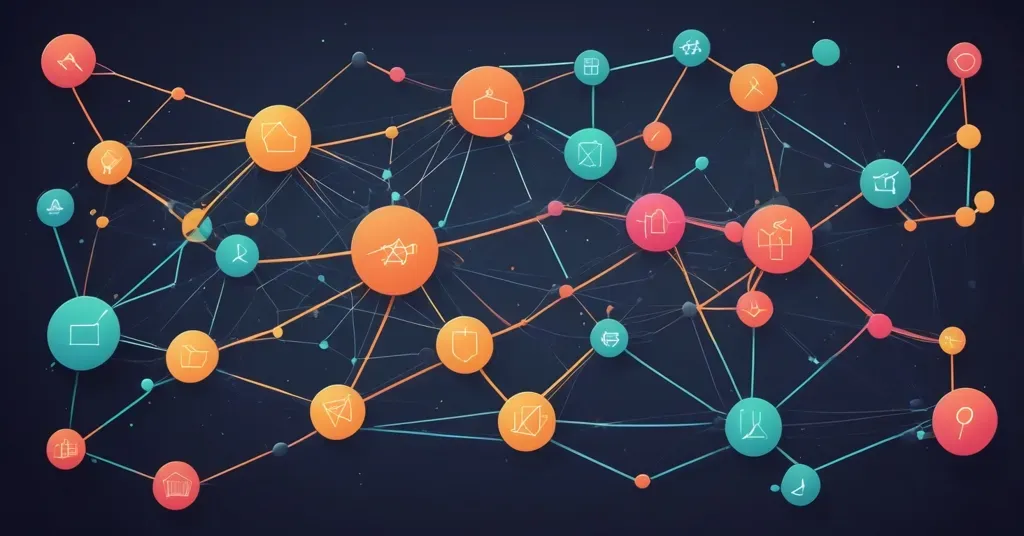
Small Business Survival in 2020: Overcoming Geographic Isolation with Digital Connectivity
With much of the world in lockdown and international borders closed, it is timely to re-examine what a connected world means for small business so that they may emerge stronger tomorrow.
In 2020, many of us have been forced to stay at home. Some 2.7 billion workers, representing 80 percent of the global workforce, have been under lockdown.
Overnight, we have started using social technologies for greater virtual collaboration and connection with colleagues and clients in the same city, or across the world. It has become a normal day at work to have Zoom meetings, use Slack for messaging, and collaborate with colleagues on Microsoft Teams.
For many small businesses, a significant gap exists in how they secure sales contracts, conduct business development and source input materials and products. Travel restrictions result in cancelled or postponed trade shows and exhibitions. The Global Association of the Exhibition Industry estimated in March this year that missed orders of exhibiting companies will add up to USD144.9 billion globally (projected to the end of the second quarter of 2020).
Numerous virtual exhibitions and live events have emerged in recent months, including INXPO, vFairs, 6Connex, and a new offering from GTR. The technology allows for virtual exhibitor booths, networking, and avatar-based interaction. This is a lot for small businesses to navigate, particularly those with human and financial resource constraints, and pathways to commercial success are unclear.
Up to now, in response to lockdowns and supply chain disruptions, small businesses have strengthened their online presence to sell and find new sources of inputs. This is not enough; one in five small businesses are at risk of bankruptcy in three months, according to the International Trade Centre’s report, ‘SME Competitiveness Outlook 2020 - COVID-19: the Great Lockdown and its Impact on Small Business’.
Government agencies and business support organisations have played an important role, in the pre-pandemic world, providing services that promote international market growth, from market intelligence to organising inbound and outbound business delegations. These activities build the confidence, competence, and connections of small businesses to buy and sell, and expand and compete internationally. When it is safe again to travel and borders reopen, these services will likely resume.
But small businesses are not in a position to wait for the world to return to “normal.” With much of the world online, small businesses can use internet connectivity to learn about trends, opportunities, and threats, develop new skill sets, strengthen global networks, and test and refine business plans.
Almitra Tattiva is a Mumbai-based small business that has leveraged digital connectivity to grow internationally and has largely avoided negative fallout from the pandemic.
The founder, Anamika Sengupta, had an idea for handmade babywearing wraps and slings, using fabrics featuring designs by Indian artisans. Building an online community on social media, Almitra Tattiva, tested and refined the concept and business model by engaging her supporters. The business sells a range of babywearing products internationally. While there are very few domestic sales made in India, the range sells in US dollars to markets such as Denmark, Australia, and the USA. An active Almitra Tattiva community self-organises meetups in these countries.
Despite supply chain challenges in 2020, online community support for the business has remained high and sales have not been negatively impacted by the economic downturn. Since its inception, Almitra Tattiva has acted leanly, incurring minimal costs to build an online community, actively engaging supporters for feedback on an evolving product range, and testing and refining the business model.
For small businesses anchored in the physical world and yet impacted by geographical isolation, a range of free for low-fee online tools can be used to:
- Connect: build and engage an international network of supporters and advocates, understanding what they value and how to meet their needs, while expanding a goods or service offering. Connections can be made on social media applications or through platforms that cater for specific groups, from founders to entrepreneurs to innovators.
- Learn: bring on board the best people around the world for a specific project by hiring talent on an online platform such as Upwork or Freelancer. Projects could involve learning about opportunities in a market insights report, or evaluating emerging technology for cost reductions, such as 3D printing in new or existing markets.
- Test: evaluate business ideas by running a series of online experiments. Steve Blank’s instruction to “Get out of the building” has never been so appropriate. Feedback from online experiments saves valuable time and investment. Experiments might range from creating a simple landing page or conducting an online survey to gauge interest of a new offering or appetite in a new market.
With much of the world in lockdown and international borders closed, it is timely to re-examine what a connected world means for small business so that they may emerge stronger tomorrow.
This article was originally posted on the OpenExO Blog on July 07, 2020.
ExO Insight Newsletter
Join the newsletter to receive the latest updates in your inbox.









